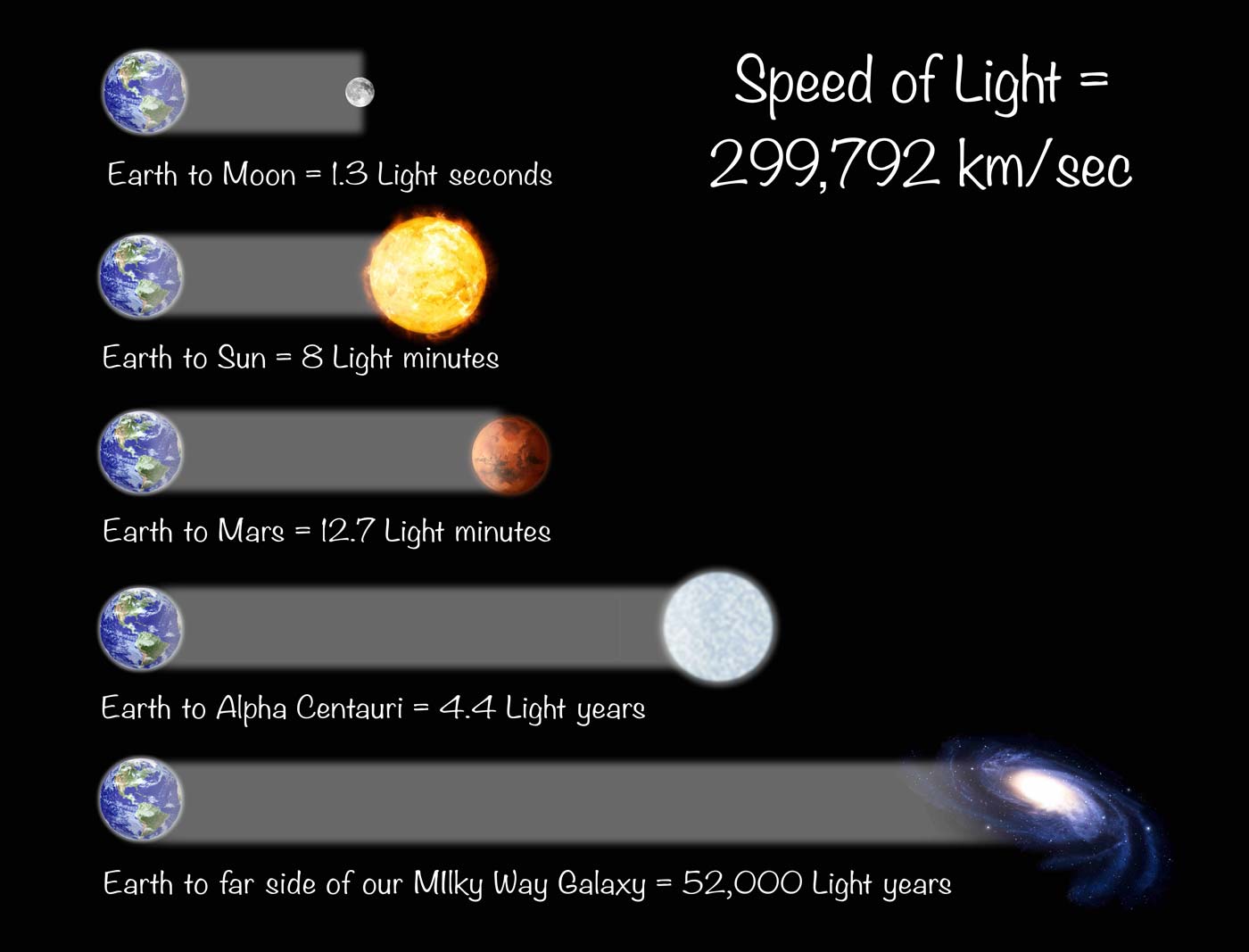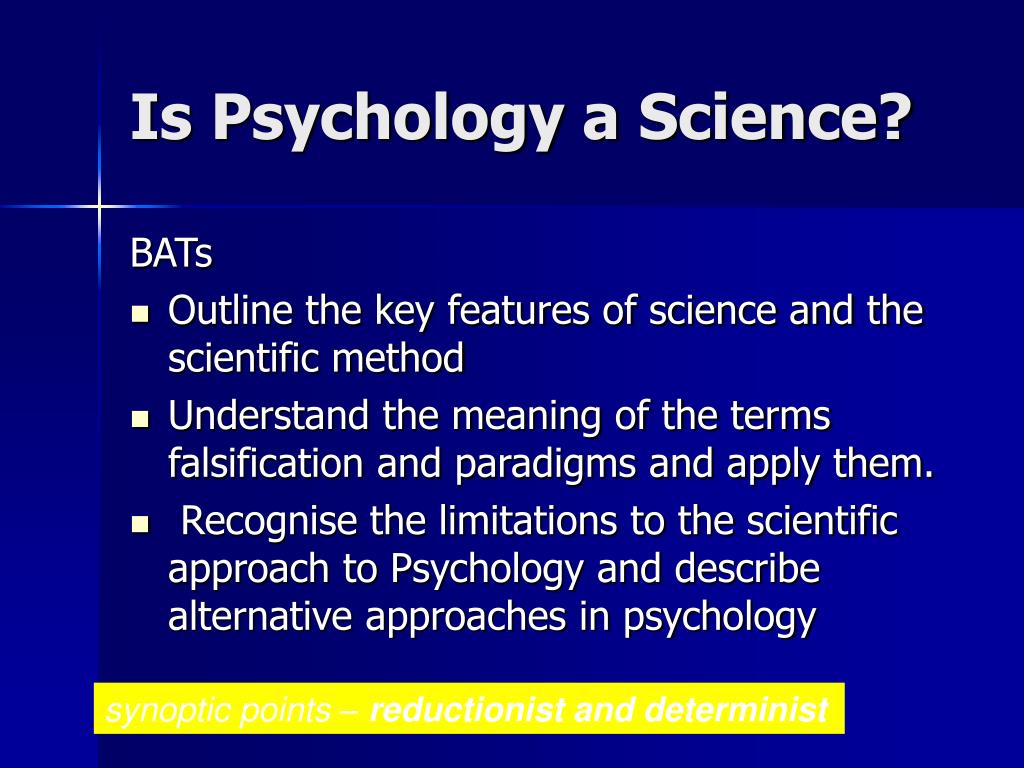Wave Speed Calculation: Understanding the Relationship Between Frequency and Wavelength
Understand wave speed through frequency and wavelength
Wave motion represent one of the virtually fundamental concepts in physics, govern everything from sound waves to electromagnetic radiation. When face with a wave have a frequency of 14 Hz and a wavelength of 3 meters, calculate its speed require understand the basic relationship between these three crucial properties.

Source: lessonfullshreddings.z21.web.core.windows.net
The wave equation provides the foundation for this calculation: speed equal frequency multiply by wavelength( v = f × λ). TThis issimple yet powerful formula connect the temporal aspect of wave(( frequenc)) with their spatial characteristics (wavelength )to determine how fasting the wave travel through its medium.
The wave speed formula and its application
For our specific example, the calculation become straightforward. With a frequency of 14 Hz and a wavelength of 3 meters, the wave speed equal 14 × 3 = 42 meters per second. This mathematical relationship hold true for all types of waves, whether mechanical waves travel through physical media or electromagnetic waves propagate through space.
The beauty of this formula lie in its universal applicability. Sound waves in air, water waves on the ocean surface, seismic waves through the earth’s crust, and radio waves through the atmosphere all follow this same fundamental relationship. Understand this principle open doors to comprehend countless natural phenomena and technological applications.
Frequency: the temporal dimension of waves
Frequency measure how many complete wave cycles occur within one second, express in hertz (hHz) A frequency of 14 hzHzean the wave complete 14 full oscillations every second. This temporal characteristic determine many observable properties of waves, include pitch in sound waves and color in light waves.
Higher frequencies correspond to more rapid oscillations, while lower frequencies indicate slower wave cycles. The human ear can detect sound frequencies range from roughly 20 Hz to 20,000 Hz, with our example frequency of 14 Hz fall precisely below the typical human hearing range, categorize it as infrasound.
Frequency remain constant as waves travel from one medium to another, make it an intrinsic property of the wave source quite than the transmission medium. This constancy proves crucial in applications range from radio communications to medical ultrasound imaging.
Wavelength: the spatial characteristic
Wavelength represent the physical distance between two consecutive identical points on a wave, such as from one peak to the next peak or from one trough to the next trough. In our example, the 3-meter wavelength indicate that each complete wave cycle spans 3 meters of space.
Unlike frequency, wavelength can change when waves enter different media, regular though the frequency remains constant. This phenomenonexplainsn why light bends when pass through a prism and why sound waves behave otherwise in air versus water.
The relationship between wavelength and frequency follow an inverse pattern: as frequency increases, wavelength decreases, and frailty verse, assume wave speed remain constant. This inverse relationship become especially important when analyze electromagnetic radiation across the spectrum.
Wave speed and medium properties
The calculated speed of 42 meters per second provide important clues about the wave type and transmission medium. This speed fall within the range typical for certain mechanical waves, such as seismic waves in specific geological formations or acoustic waves in particular materials.
Different media support different wave speeds base on their physical properties. Sound waves travel at roughly 343 meters per second in air at room temperature, but importantly quick in denser materials like steel or water. Electromagnetic waves, include light, travel at approximately 300 million meters per second in vacuum, though they slow down in other media.
The medium’s density, elasticity, and temperature all influence wave propagation speed. Understand these relationships help scientists and engineers predict wave behavior in various environments and design systems that efficaciously utilize wave properties.
Practical applications of wave speed calculations
Wave speed calculations find applications across numerous fields. In seismology, scientists use similar calculations to determine earthquake epicenters and study earth’s internal structure. The time difference between primary and secondary seismic wave arrivals, combine with know wave speeds, reveal crucial information about underground geological formations.
Medical imaging technologies rely heavy on wave speed principles. Ultrasound machines calculate distances to internal organs by measure the time require for sound waves to travel to tissues and return, use known wave speeds in human tissue. Likewise, radar and sonar systems determine object distances through precise wave speed calculations.
Telecommunications engineers use wave speed calculations to design antenna systems and predict signal propagation characteristics. Understand how electromagnetic waves travel at different frequencies enable the optimization of communication networks and the development of new wireless technologies.
Wave types and their characteristic speeds
Our calculated speed of 42 meters per second help categorize the wave type. This speed suggest a mechanical wave sooner than an electromagnetic wave, as electromagnetic waves travel practically fasting. The comparatively low frequency of 14 Hz interchange support this classification.
Surface waves on water typically travel at speeds range from a few meters per second to several tens of meters per second, depend on wavelength and water depth. Our calculated speed fall within this range, suggest the wave might be a water surface wave under specific conditions.
Seismic waves present another possibility. Primary waves (p waves )in certain rock formations can travel at speeds similar to our calculate value, though most seismic waves move substantially fasting. The specific speed dedependsn the rock type, density, and geological structure.
Factors affecting wave propagation
Environmental conditions importantly influence wave speed calculations. Temperature changes affect the density and elasticity of transmission media, alter wave propagation speeds. In gases, higher temperatures broadly increase wave speeds, while in liquids and solids, the relationship become more complex.
Pressure variations likewise impact wave speeds, peculiarly in compressible media like gases. Atmospheric pressure changes can affect sound wave propagation, while deep ocean pressures influence underwater acoustic wave behavior.
The presence of obstacles, boundaries, and medium discontinuities can cause wave reflection, refraction, and diffraction, complicate simple speed calculations. Real world wave propagation oftentimes involve complex interactions that require more sophisticated analysis methods.

Source: slideplayer.com
Measurement techniques and accuracy
Accurate wave speed determination depend on precise frequency and wavelength measurements. Modern instruments use electronic sensors and digital processing to achieve high measurement accuracy, though environmental factors can introduce uncertainties.
Doppler effect considerations become important when measure waves from move sources or when the observer is in motion. The apparent frequency shift must be account for to obtain accurate wave speed calculations.
Calibration standards ensure measurement consistency across different instruments and laboratories. International standards organizations maintain reference values for wave speeds in various media, enable accurate comparisons and reliable scientific communication.
Advanced wave phenomena
Beyond simple wave speed calculations, complex wave behaviors emerge when multiple waves interact. Interference patterns, standing waves, and resonance phenomena all depend on the fundamental relationship between frequency, wavelength, and speed.
Dispersion occur when wave speed vary with frequency, cause different frequency components to travel at different speeds. This phenomenon explains why white light separate into colors when pass through a prism and why ocean wave packets change shape as they travel.
Nonlinear wave effects become significant in high amplitude situations, where the simple linear relationship between frequency, wavelength, and speed break down. Understand these advanced phenomena require sophisticated mathematical models and experimental techniques.
The fundamental calculation of wave speed through frequency and wavelength multiplication provide the foundation for understand countless natural phenomena and technological applications. Whether analyze seismic activity, design communication systems, or study ocean dynamics, this basic relationship remains central to wave physics and its practical applications.



